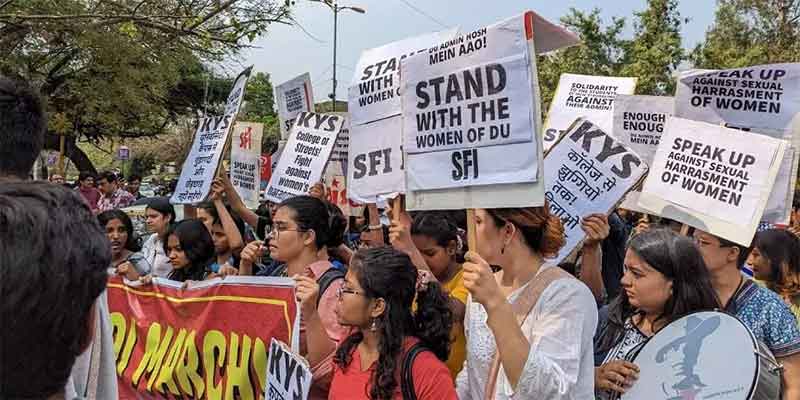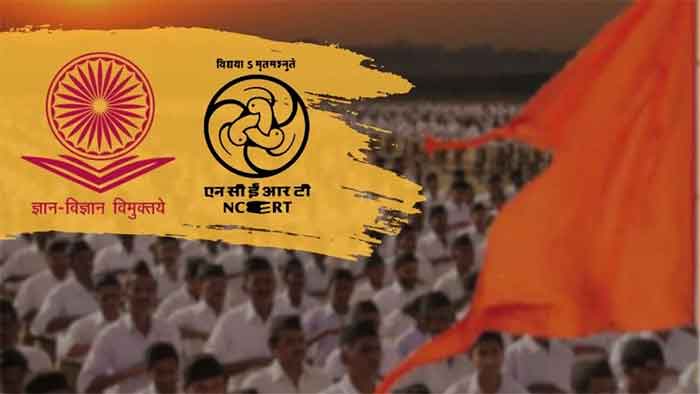
Why does not the nation move? First educate the nation. Even for social reforms, the first duty is to educate the people.
– Swami Vivekananda
Education helps develop the human personality and sense of dignity while acting as a tool for effective participation in society by enabling the understanding of the key facets of its being. Education has an intrinsic value of bettering lives along with a functional value of enhancement of human capital in the country. There are four key aspects of education, known as the 4As, which are required for education to be meaningful: availability, accessibility, acceptability, and adaptability. However, even after 70 years of Independence, universal elementary education seems like a distant dream.
In the initial version of the Constitution, Article 45 covered the fundamental right to be educated, allowing the government ten years to bring about the required legislation. After over 50 years, in 2001, the 93rd Amendment to the Constitution introduced Article 21A, which stated that: “The State shall provide free and compulsory education to all children of the age of 6-14 years in such manner as the State may by law determine.” The Right to education (RTE) Act of 2009 heralded a monumental leap in the attempt to achieve the fundamental right as offered by Article 21A. The Act drew from the Universal Declaration of Human Rights and hence was seen as a beacon of hope that would conceivably ameliorate the sad state of the education system in India.
The Act has successfully increased the enrolment in upper primary (class 6-8) by 20 per cent between 2009-17 along with reducing out of school students to 2.9% overall from almost 5% earlier, with rural India seeing a 50 per cent reduction in these figures. The Act allows for 25% reservation for the economically weaker and disadvantaged groups even in private unaided schools to bring social integration by allowing children from different backgrounds to share knowledge and interests on a common platform. In 2019 alone, 3.3 million students enrolled under this provision.
Even though the RTE Act has achieved a lot in the last 11 years, it falls glaringly short of the expectations it had set to levitate the Indian education system to a new dimension. A lack of effective executive, along with some blatant loopholes, had been the roots of most challenges and backlash faced by the Act. The biggest culprit of all is the pitiful infrastructure of schools. The schools lack basic facilities lack separate toilets for children, or drinkable water, especially in rural areas. A study conducted by the National University of Educational Planning and Administration (NUEPA) showed that more than 50% of recognized elementary schools did not provide for a separate girls’ toilet.
Quality of education remains another serious concern, which the act has failed to recognize. As per The Annual Status of Education Report, 2018, more than 50% of class V students cannot read and comprehend text prescribed for class II students. The Act also remains silent on corporal punishment, which is rampant in Indian schools as every three out of four students have been estimated to be physically abused by teachers and the school staff as per UNICEF reports. Studies have indicated a direct positive correlation between the rate of absenteeism and corporal punishment.
There is also a clear lack of teacher training programs as 93% of teacher candidates failed the National Teacher Eligibility Test in 2012, after three of implementation of RTE. Additionally, a shockingly large portion of teachers are unqualified for their posts, with 18% of the teachers employed not meeting the requirements stipulated by the RTE. Teacher absenteeism was also reported to be as high as 42% in lower-income states like Jharkhand. The shortage of qualified teachers also feeds into a skewed student classroom ratio, which goes to as high as 65 students per teacher as compared to the RTE mandated 1:30 ratio, with larger class sizes reducing cognitive functioning.
The Act covers students belonging to the age group of 6-14 years, while elementary education starts way early at the age of 2.5 years. The Act offers a provision to admit students to appropriate classes as per their age; however, it fails to offer bridge courses for elementary education, leading to wider disparities in learning outcomes for these children. The admission process delays also create further barriers for students, with the well-funded private schools, having means and connections to deny admissions under the Act despite multiple attempts from supporting groups and activists.
The kids admitted in private schools under the Act are exposed to a different standard of living, which may create a sense of inferiority and insecurity. Various activists working for the proper implementation of the Act reveal that students admitted under the Act are often segregated into separate classes, with a few schools even scheduling their classes in the evening, which hampers the intention of the Act to a great extent. Even though the Act makes the government reimburse a fixed per-child cost, the provision for the deficit between the actual fees and the reimbursement is not covered by any government agency, which edges private schools to unfairly deny admissions to students. Additionally, the cost of overheads like uniforms, books, and stationery is not entirely covered by the government forcing parents to not admit their students to private schools, reducing their possible exposure to a better quality of learning.
Another big loophole is the automatic promotion of students till class 8, which has been placed to reduce the rate of dropouts. Hence, the role of formal examination has been significantly reduced, promoting indolence and insincerity amongst students. It removes any incentives for students to improve or even to behave with a modicum of restraint. The Act also requires the formation of mandatory School Management Committees for every government and aided school consisting mostly of parents, charged with the responsibility of managing school operations. A lack of requisite skills and time to commit to the program, along with possible clashes with existing management structures, make the requirement highly convoluted. A lack of awareness of the Act and difficulty in obtaining certifications from the government add to the reasons behind the poor response from the public.
To cover the glaring gaps, there is a need for state governments to show promptness in the implementation of all current provisions of the RTE Act by releasing all notifications to schools while creating awareness amongst the masses about its need and possible impact. An amendment to increase the purview of the act for ages 3-18 is needed. Wider spread and comprehensive teacher training programs along with monitoring teachers’ and students’ performance and modifying the automatic progression of students are required to enhance the quality of education being offered. The Act needs to include legislation for official and strict penalties at the faculty and administration level to ensure better enforcement. The Act also needs to include provisions for the mental and spiritual empowerment of the students. There is a need for greater political attention to the act since it is currently overshadowed by other issues of religious and communal relevance.
Notwithstanding its current lacunae, the RTE Act remains one of the most important reforms in the Indian education system, and its future may determine how the country overcomes its fundamental problems of exclusion and poverty.
Devansh Anand is a second-year management student at IIM Ahmedabad. He hopes to live in a more equitable society someday while standing up for issues that help reduce the large prevalent divergences.
SIGN UP FOR COUNTERCURRENTS DAILY NEWSLETTER
















































